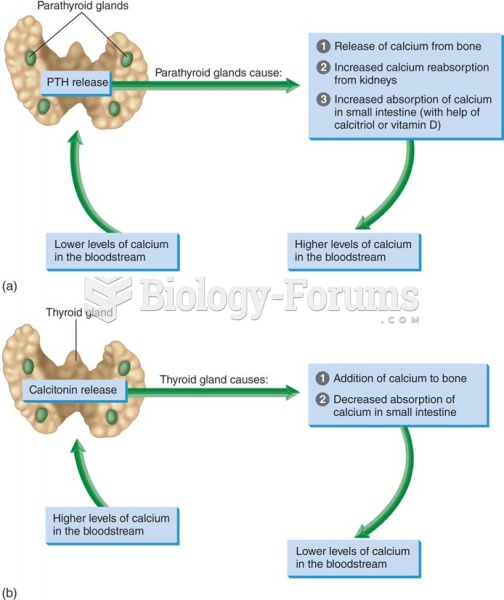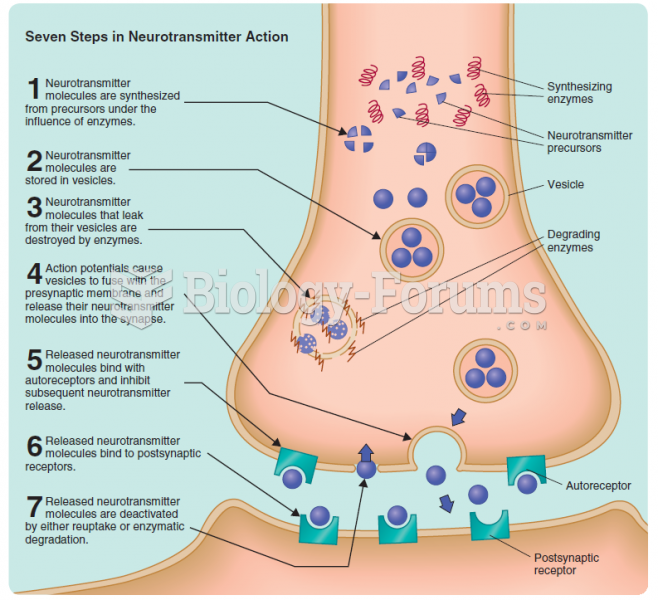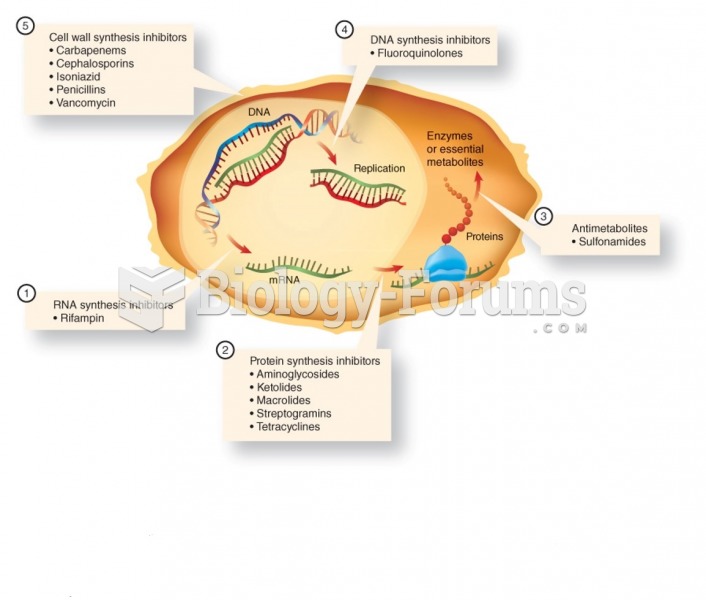Answer to Question 1
ANS: A
The first step in the situational assessment procedure is to find out the technical and scientific facts and assess the human dimension of the situationthe feelings, emotions, attitudes, and opinions. Trying to understand the full picture of a situation is time consuming and requires examination from many different perspectives, but it is worth the time and effort that is required to understand an issue fully before moving forward in the assessment procedure. Identifying alternatives is the second step in the situation assessment procedure. A set of alternatives cannot be established until an assessment has been completed. Selecting the best option is actually the third step in the situation assessment procedure. Options cannot be selected until an assessment has been done to define the issue. Justifying the action or inaction is the final step in the situational assessment procedure. No justification can be made until the assessment and action phases have been completed.
Answer to Question 2
ANS: A, E
Complexity science posits that interactions of the parts within a system are more important than the individual parts. Complexity science, however, recognizes that organizational processes are often non-linear and unpredictable. Through the dynamic interplay of negative and positive feedback an organization is able to make changes to keep abreast of the environmental context. The autocratic top-down decision-making and mandates do not create a sustainable change. Being dependent on employees knowing what change is necessary and acting independently lacks interaction of leadership to stimulate change and adaptation among employees.







